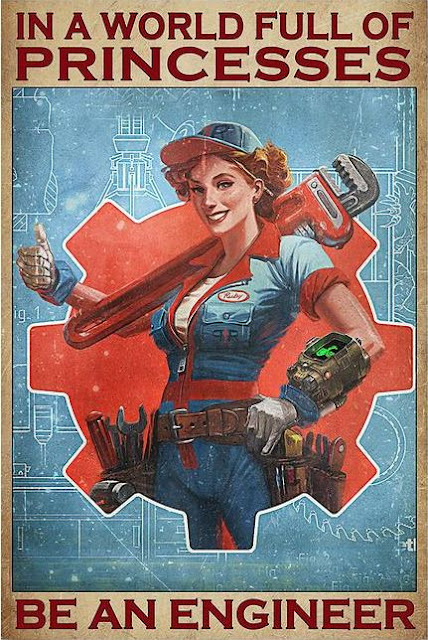What has a chameleon got to go with PCB-RE? Observant readers will notice that a colorful chameleon is featured on the bottom right side of my fourth book, Manual PCB-RE: The Essentials:
The chameleon is an interesting species of the reptilian family. Besides its ability to change skin color to match the surrounding environment, it has a pair of pinhole–sized eyes that can pivot and focus independently, allowing it to observe two different objects simultaneously with a 360-degree arc of vision around its body. It also possesses a sticky long tongue over twice its body length that enables it to catch its prey at a distance with precision and speed.
Similarly, a PCB-RE engineer must possess the ability to adapt to different types of PCB technology, with eyes for expansive and miniscule details, as well as the resourcefulness to grow beyond present limits with each project undertaking. In other words——be like the Chameleon!
This fourth and final book on PCB-RE gives you all the essentials on how to master the manual method of PCB reverse engineering. Using a Gigabyte GeForce 8600GT as a teaching aid, readers are introduced to several technologies involved in the design of today's graphics card, from the PCI-e bus, PWM controller chips, RGB-DVI video interfaces, dual data rate (DDR2) memories, to Nvidia's illusive G84 series GPU and proprietary SLI bus, as well as HDCP ROM and GPU BIOS Flash——all within one single book!
So if you want a fast-lane, no-frills introduction to these interesting topics (besides picking up one of the ultimate methodology I developed over 15 years of doing PCB-RE), then grab a copy of the book by clicking on the front cover above to order. Joe Grand's endorsement is your surest guarantee!
















